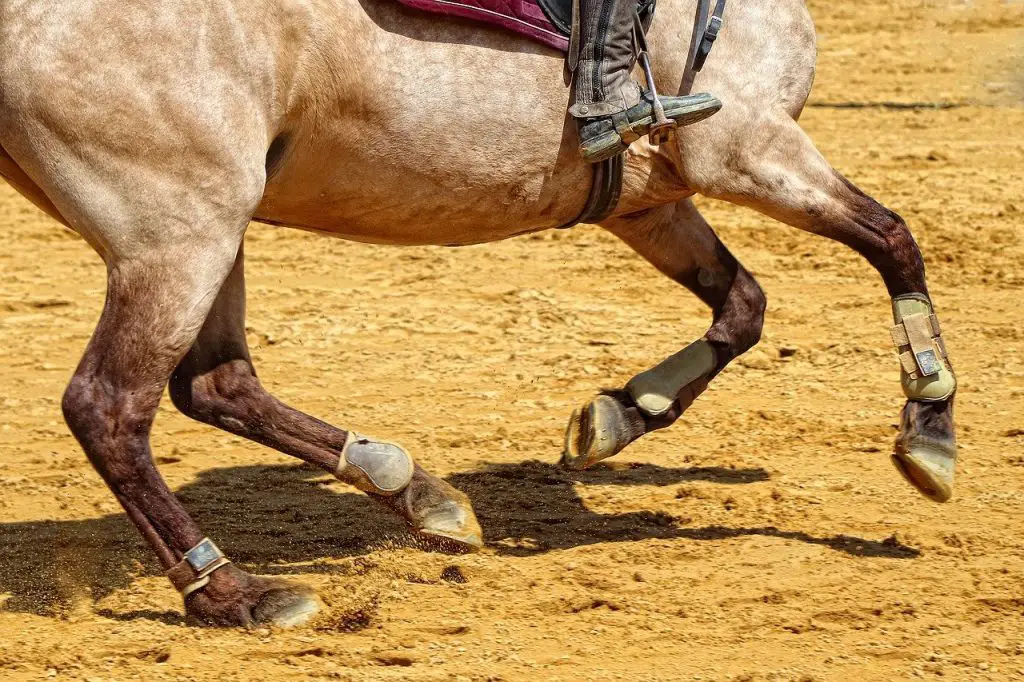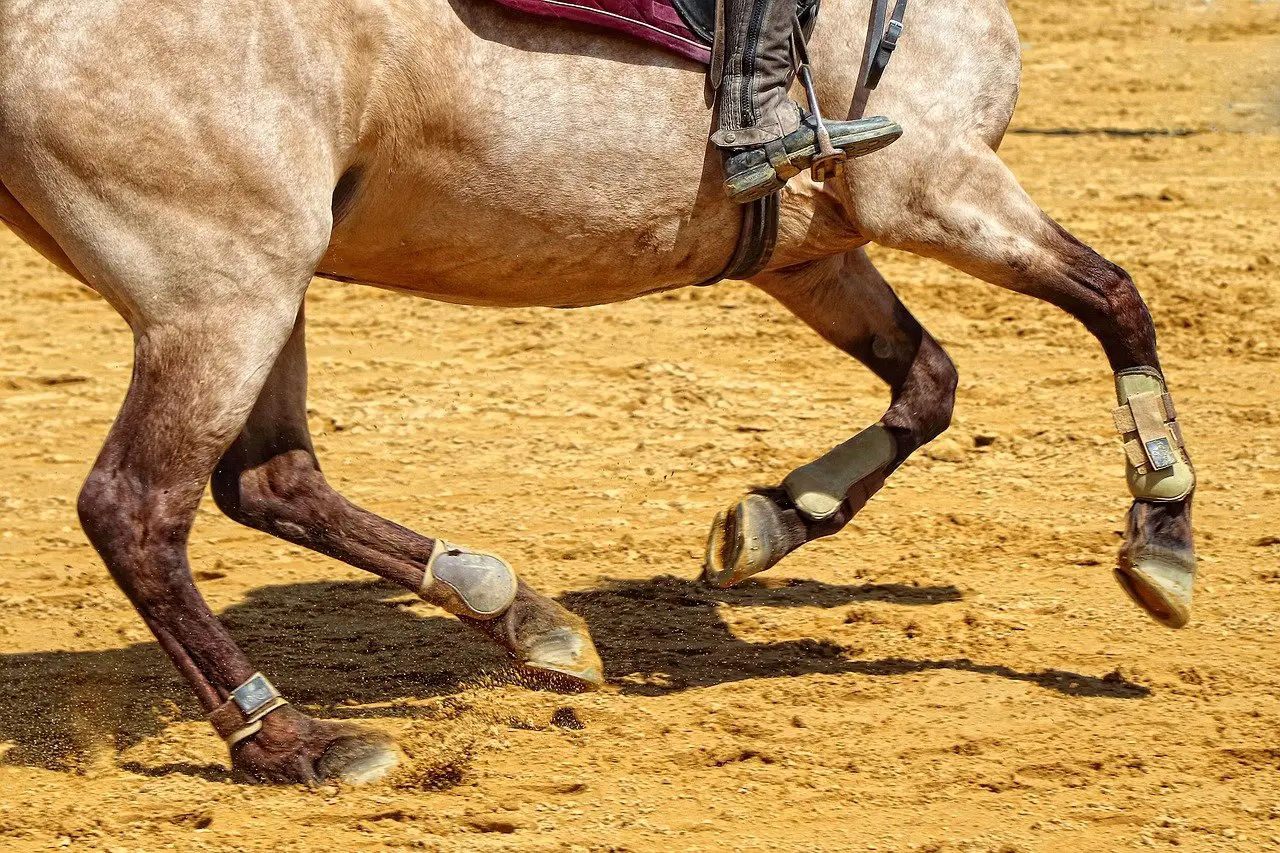Last Updated on March 4, 2022 by Allison Price
Are you concerned about the health of your horse?
Barrel racing can be a thrilling and fun activity, but it takes practice and skill. Horse boots are essential for barrel racing because of the intense nature and tight turns. We cannot stress enough the importance of proper equipment to ensure that you and your horse have an enjoyable time barrel racing. Horse boots can be a very inexpensive piece of equipment that can protect your horse from injury.
Types of boots
There are many types of boots that can be purchased, each with a different purpose. We have provided a list of the most popular boots and key features to help you choose the right boot for your horse. Calgary is where we live and there are many tack shops in Calgary that you can purchase boots. Amazon is also an option. This is my favorite way to shop.
We also have an article for beginners who are just getting started with riding.
Protective/Splint Boots
Spilt boots are very popular. They protect the horse’s leg against any external impact. They protect the legs from potential damage and impact from the horse’s hooves or other objects that could come in contact with them. They wrap around the leg under the hock and fetlock to protect it. Boots can be padded with fleece linings for added support and comfort.
Boots support
These boots are also called sports medicine boots. These boots provide support for the fetlock joint and are shock-absorbing. These boots are designed to protect the fetlock joint as well as the canon bone. Support boots are popular for high-intensity activities like barrel racing, which have sling straps to support the fetlock. Support boots can be designed to reduce the risk of over tightening. Also, the positioning of these boots is more precise than other options. It is important to know exactly where they should be placed.
Bell boots
This is why bell boots are named this. These boots are worn around the horses’ pasterns on the horse’s front legs. Bell boots protect the horse’s pastern, coronary bands and top of the hoof against impact. These days, there are many ‘no-turn’ bell boots that can be worn in place to reduce friction. You should be careful when selecting the size of bell boots. If they are too large, your horse might step on them. If they are too small, they won’t offer adequate protection for the heel.
How about polo wraps, though?
Although you may have seen barrel racing riders wearing polo wraps at competitions, we don’t recommend it for protection. They can be dangerous if they aren’t used correctly. They are easy to wash, inexpensive and provide a custom fit. However, there is a risk that polo wraps can be too tight and cause soft tissue damage, or too loosely and slip. A polo wrap can also become loose during riding, which can pose a danger to the horse as well as the rider. We recommend the boots listed above because they are safe, easy to put on, and sturdy.
Boots made from materials
Horse boots were primarily made from leather in the past. However, leather options are more expensive and require extra care. Leather can become stiff and dry if it is exposed to water. Neoprene is a popular choice for boots because it’s light, durable, and easy to maintain. Neoprene boots are more durable than other types of boots because they don’t absorb water or mud. They can also be easily washed, which makes them an attractive option. The neoprene boot should not be worn for long periods of time due to its inability to breathe. This could lead your horse’s legs to sweat underneath.

Some boots have strike pads, which provide additional protection where impact is most likely. These strike pads are often made of rubber or leather, which is far less likely to be damaged than neoprene.
Boot Fitting
Boots should fit correctly. Sores and irritation can result from improper fitting. Measurements are important to ensure that the boots fit properly and provide comfort for your horse. Too big boots can cause the material to clump up and move around, rubbing against your horse’s legs. The boots should fit snugly on the leg and not allow the horse to move about. However, they should be loose enough for you to place a finger underneath the material.
What are the benefits of boots?
Barrel racing involves tight turns and fast movements so it is crucial to protect your horse’s leg from any impact. If your horse runs, it can strike its legs with its hooves. High-intensity activities can put pressure on the bones, joints, and muscles of the legs. Boots provide support.
Which type of boot works best for barrel racing?
Barrel racing is very demanding so we recommend that you use your preferred protective or support boots with bell boots to give your horse the best leg protection. Combination boots offer complete protection because they include the bell boot. However, many riders find the bells tend to wear faster or get pulled out when riding in combo boots. This is something you should consider when choosing the boots for your horse.
Make sure the boots fit correctly. If your horse has never worn boots before, you might want to walk them around the yard before they mount to allow them to feel the difference. You’re now ready to have fun.



